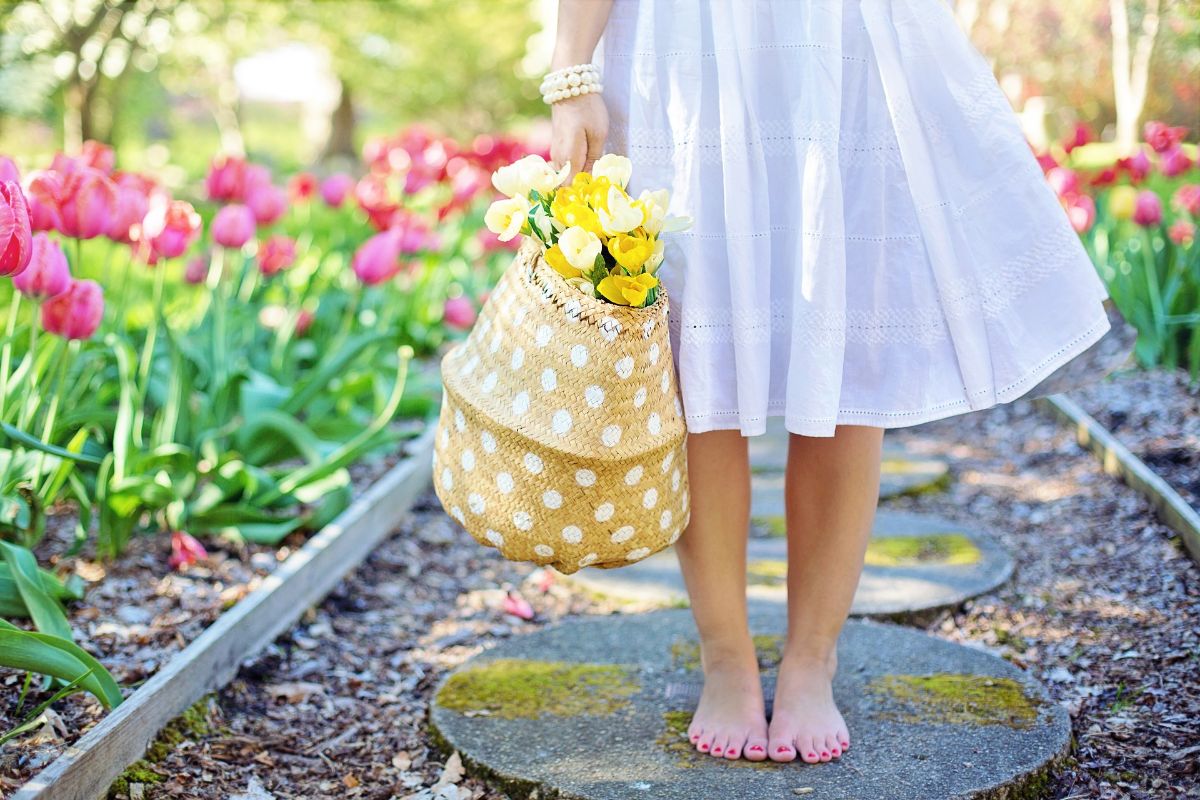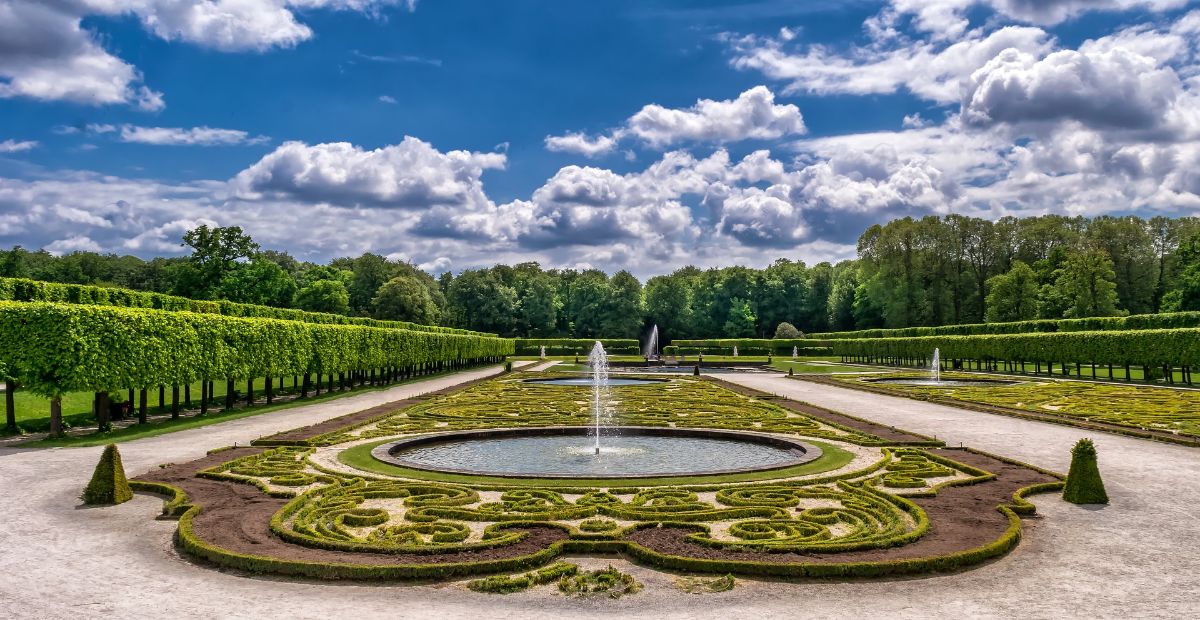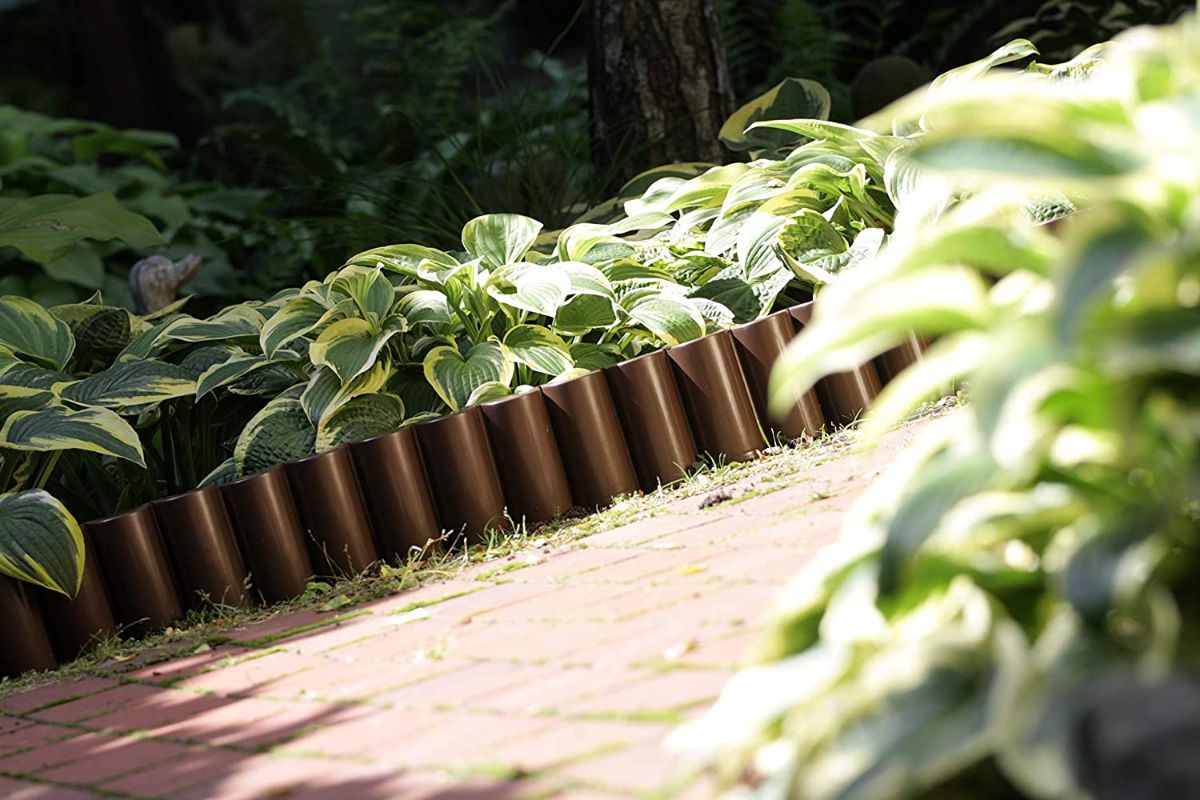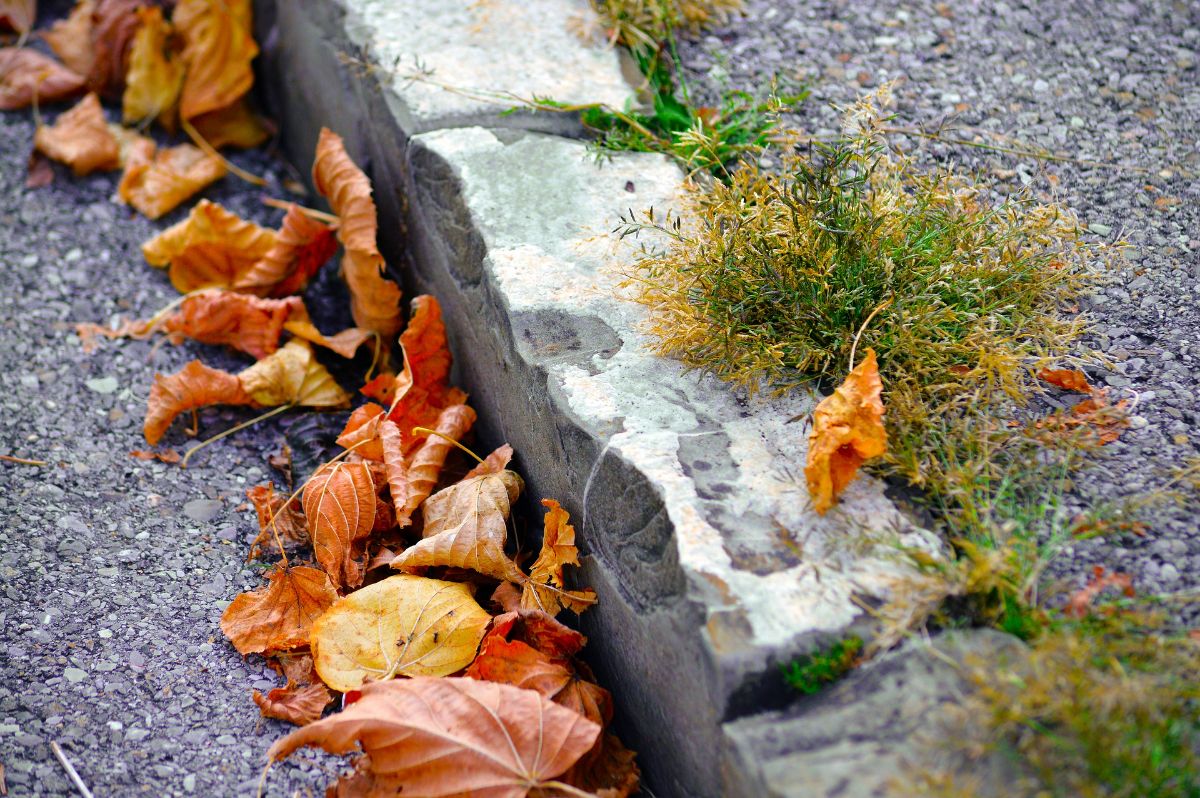
One of the great problems of gardens is that plants, if you take good care of them, grow. And that means that, if you don't put limits on them, they can invade areas that you wouldn't want them to be, such as paths, terraces or even the pool if you have one. Therefore, you have to delimit your space and for this, know how to create garden curbs can help you.
Garden curbs can be laid in many different ways and can be inexpensive or more expensive. Next we are going to give you several ideas to place them so that you can decide which is the best option for your budget and for your garden. Go for it.
What are garden curbs
First of all, let's define what a garden curb is. In this case it consists of an element that separates plants or the garden itself from other elements in which you do not want the presence of plants.
They are also used decoratively, since they allow plants not to invade areas, making everything more orderly and cared for. Even helps the maintenance of the entire garden since it makes it easier to care for and control.
Curb types
Now that you know what a curb is and that you know what its main uses are, the next question you would ask yourself is the types that exist. Here we must tell you that there are so many options. Some are very inexpensive, while others can be a bit more expensive.
En general, the usual thing for garden curbs is to use stones, bricks, fences, concrete ... But there are actually many more ways. For instance:
Garden curbs made with brick
This is one of the cheapest since the bricks are usually not very expensive. You can get a few and, making a hole surrounding the plants you want to border, lay the bricks, either horizontally, vertically (they will take up less space but will be higher), or obliquely.
You do not need to put cement or fix them, because when you settle them on the ground you can use that same to prevent them from moving. The only drawback is that plants can grow around it and, over time, not fulfill their function.
Garden fences for edging
Another option that many think about are the garden fences. As you know, there are some lower ones and whose function is to border the plants, trees, etc. Those decorations are what we are referring to at this time.
These are placed in the same way as before, that is, making a small hole where you want to put them, seating them and fixing them with the earth afterwards so that they do not move.
Stones
Another very common garden curb is stones. These are placed as a "barrier" to prevent the plant from developing in areas that we do not want. However, it 'has a trick'. And is that just placing the stones will not prevent the plants from following their nature, and suddenly grass grows between them or the plants that you have edged invade that area (especially with the branches).
Many, before placing the stones, put a plastic or mesh on the ground that prevents anything from growing or at least protruding between the stones. With them it fixes the plastic and at the same time gives it a neat appearance. And so it can be years since nothing will grow, including the possible roots of the plant that want to stand out.
Now, with the plants you have, you should think about something else so that their branches do not invade the area.
Metal curbs
This is perhaps one of the options that you have seen the least in photographs, but it works quite well. Their system is like decorative garden fences, but they avoid the problem that these have. And, if you look at it, garden fences have a separation, no matter how minimal. In the case of metal curbs, there are none, everything is linear and that prevents plants from growing between them.
In addition, This metal is usually flexible, which allows you to create non-linear designs, that is, to be able to make curves or circles without forcing or leaving holes in the ground.
As for its placement system, it is quite easy and the same as the other options.
Concrete curbs
This is perhaps one of the most expensive that you can opt for, and it has its advantages, but also drawbacks, such as the fact that, when pouring concrete on the ground, if you later want to remove it to expand or reform the garden, it will be more complicated (and difficult for plants to grow in that area).
Consists in delimit a garden space to cover the earth with concrete and thus create the separation between the garden area and the one you want with another material (or without vegetation).
It is more durable and better withstands wear and tear due to inclement weather.
Wood curbs
Another option is wooden curbs, which can be laid using wooden slats (as if they were fences). They have the advantage that you can place them one on top of the other, delimiting the plants with greater height.
To use it and make it last, It must be treated to withstand inclement weather, especially humidity and the sun. Otherwise, it can deteriorate very soon, even more so if the plant in which you place it requires more watering.
Which is better and which is worse? Everything will depend on the type of garden you have, the plants in it, its growth and the budget you manage.
Tips to create garden curbs
If you already know what you want to put as a curb in your garden to control the plants or grass a bit, here are some tips that can come in handy:
- Have all the tools you need at hand. These can be a shovel (both a large and a small one), extra earth, surplus material (in case one breaks or we do not calculate well what we need), etc.
- Try not to put the curb in the days after a rain. It is true that the ground will be softer, but it can cause your curb to sink in certain areas. Nor should you do it after having watered. It is better to wait until the earth is more compact.
- To prevent plants from growing in the curb area you can apply a product base or primer to these that prevents vegetation from growing around them. You have to control that this product will not affect your plants, but this way you will not have weeds around it.
Do you have more questions about garden curbs?


